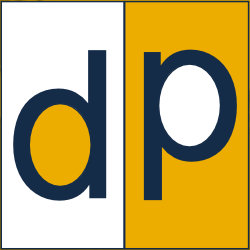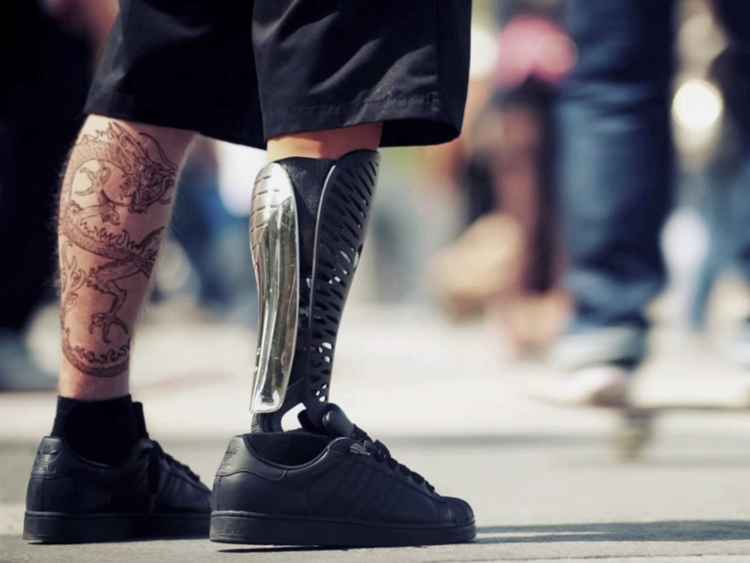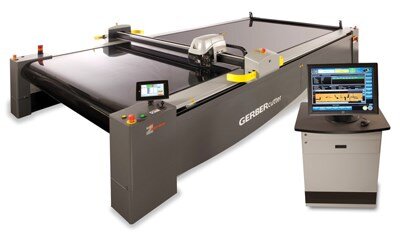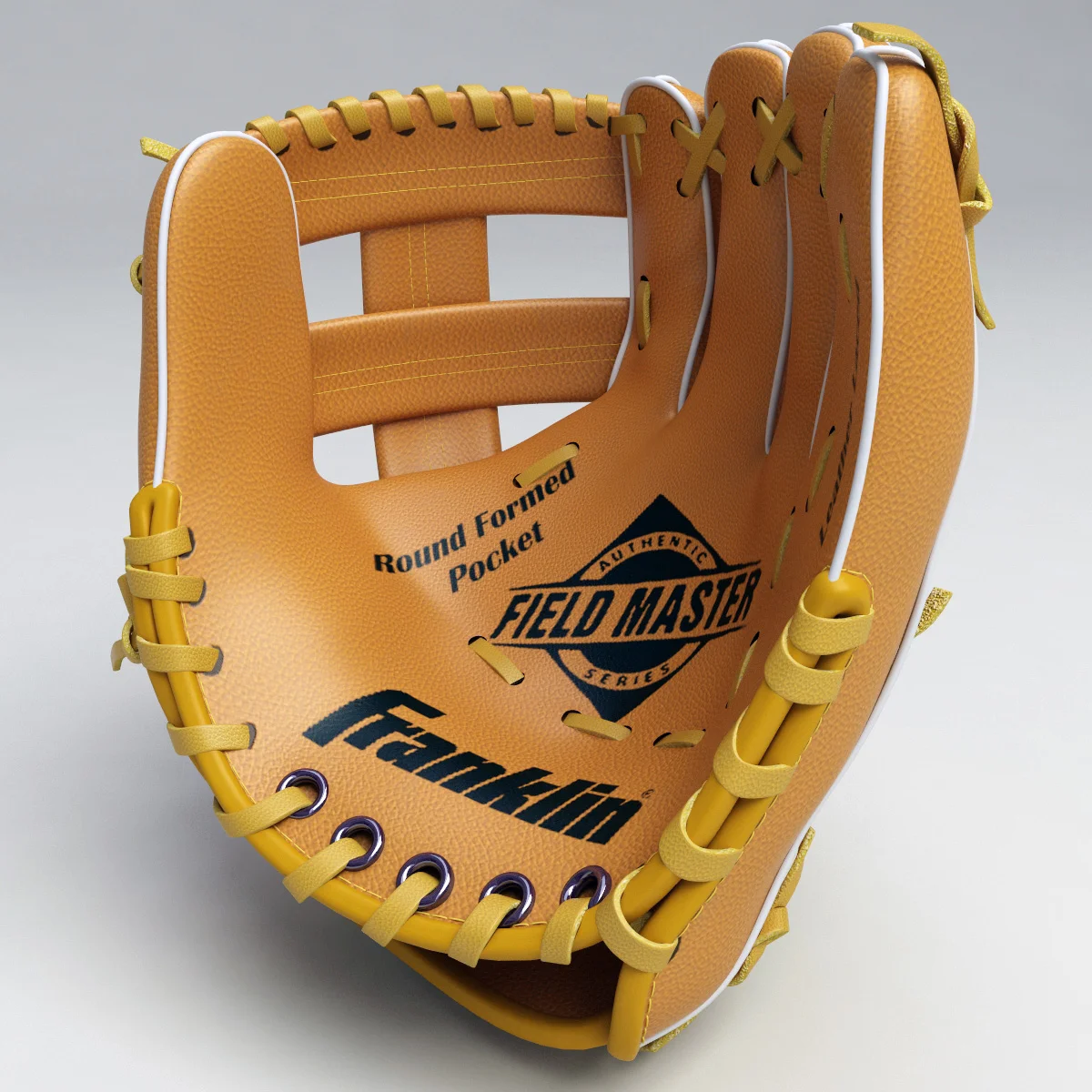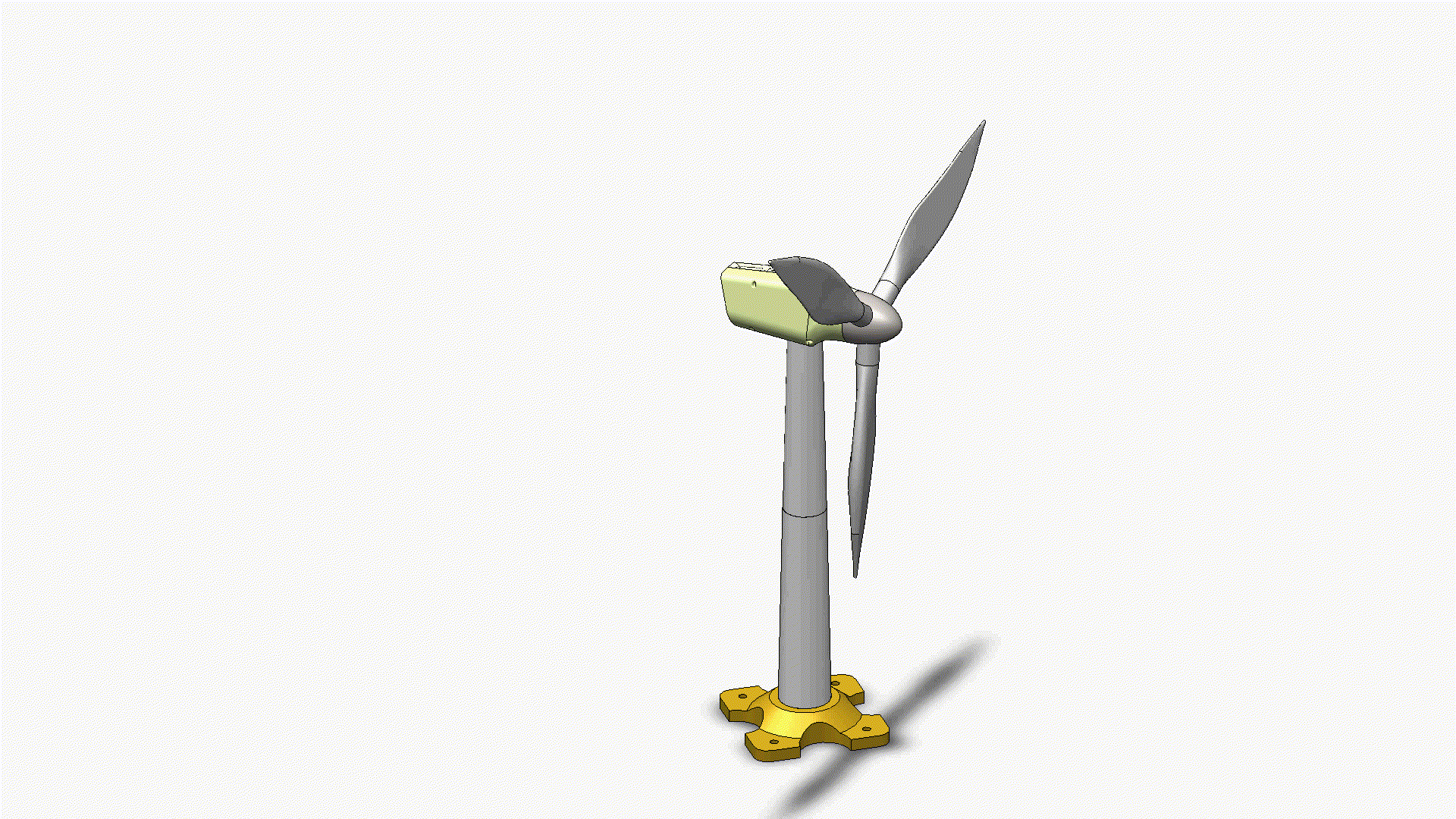Reducing the Costs of Prosthetic Manufacturing
New Materials like Carbon Fiber are improving Prosthetic Design
Over the past few decades, the use of 3D software and advance materials has had an enormous impact on the design and manufacturing of prosthetic limbs. Nearly all prosthesis manufacturers employ some combination of 3D scanning and Computer Aided Design (CAD) technology. These tools are used first to capture the client’s residual limb and then to create the design of the prosthetic.
Advance Materials such as modern plastics and carbon fiber are the primary choice for production. These materials are stronger and more lightweight than earlier solutions. In addition, their ability to be sculpted into complex shapes helps manufacturers deliver devices that conform well to the body.
Read more: http://www.madehow.com/Volume-1/Artificial-Limb.html#ixzz63DRqMnih
Nearly all prosthesis are developed using some combination of 3D scanning and CAD. These tools excel at maximizing flexibility in the design process as well as helping the client visualize the device. The other key advantage is that the 3D model can be used directly for flattening , ply layup creation and digital manufacturing.
The use of Carbon Fiber Presents Manufacturing Challenges
Carbon fiber structures are commonly used as the basis for prosthetic endoskeletal parts (the pylons). Unfortunately, the technology comes with its challenges. The two main issues are that (1) carbon fiber strength is very sensitive to ply layup variation, and (2) the cost associated with the typically applied manual manufacturing process is high.
To maximize strength, engineers define carbon fiber orientation in a very specific manor. If the orientation varies just 10 degrees from design, it can reduce the part’s strength by 50%. For many manufacturers, it is the time and labor needed to address these exacting specifications which has driven final device cost.
Digital Patterning – Streamlining Carbon Fiber Layout
During both the pre-production and final fabrication processes, extreme care and precision are required to help ensure prosthetic limb performance, fit, and comfort. As stated above, the precise fiber orientation of each ply is critical. The accurate conversion of the 3D design model into 2D pattern pieces is also of utmost concern.
Digital Patterning software like CompositeFlat helps address these challenges. These software solutions include specific tools to streamline the process:
Unique flattening algorithms. These innovative tools accurately convert 3D design models, for any shape, into 2D pattern pieces in a matter of minutes.
Detailed Strain and Sag analysis features. Color-coded displays help designers identify, and correct fit or ply alignment issues before any material is cut.
Automated ply book generators The Ply Book generators are purpose-built capabilities which produce the output used to ensure accurate fabrication.
Cutting equipment integration. Salvage or edge overlay materials are added to the design and then the digital data representing the 2D patterns and ply definitions are sent directly to the CNC cutter.
Learn More
The end-to-end digital design, patterning, and cutting approach can slash days out of the process manufacturing process. The overall advantages in time and material saving help make custom fit, high performance prosthesis available to a wider group of clients.
It only takes a few hours to experience the benefits of implementing digital patterning into an existing process. To learn more, click on the link below and schedule a time to speak with one of our experts.
